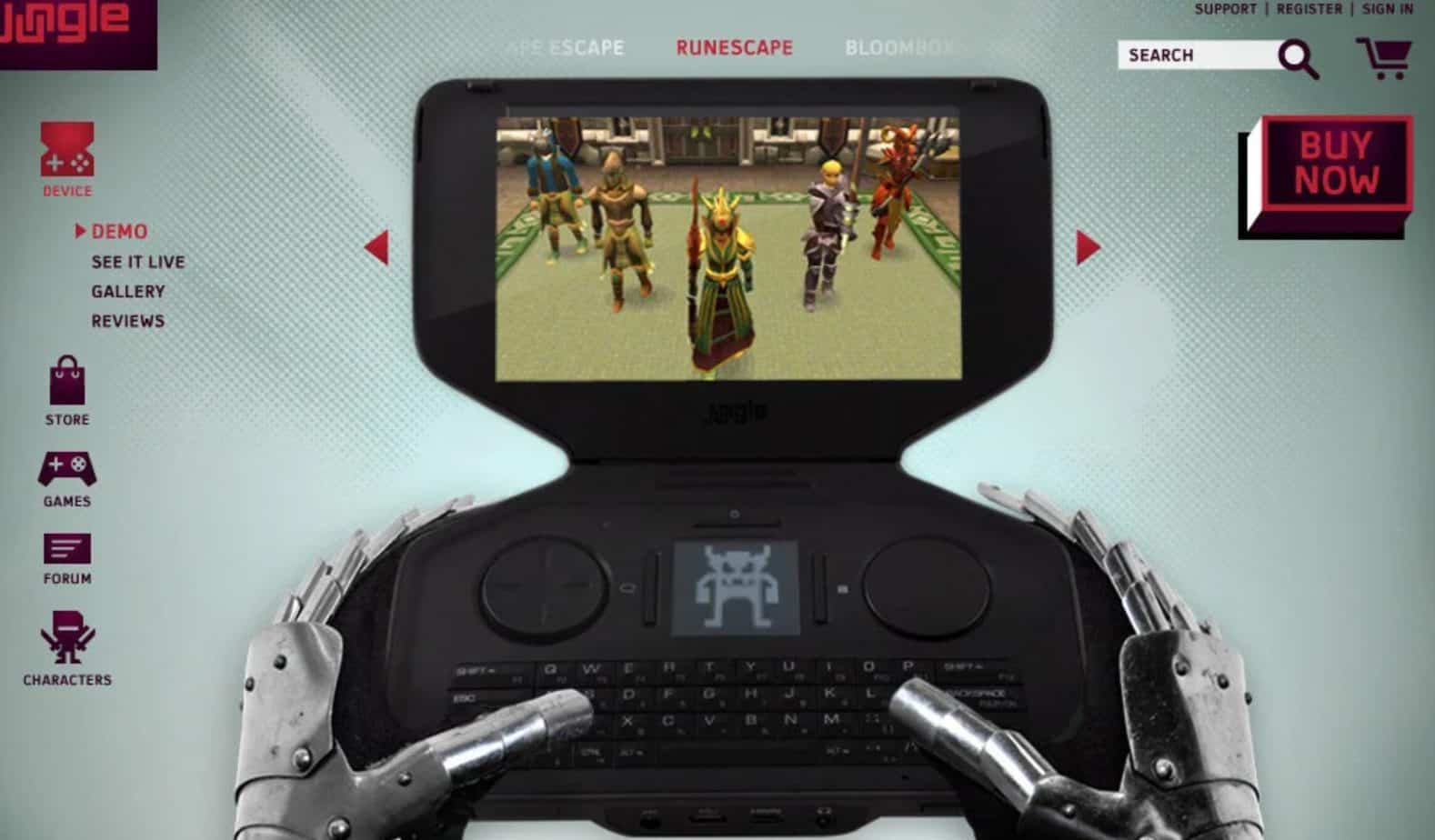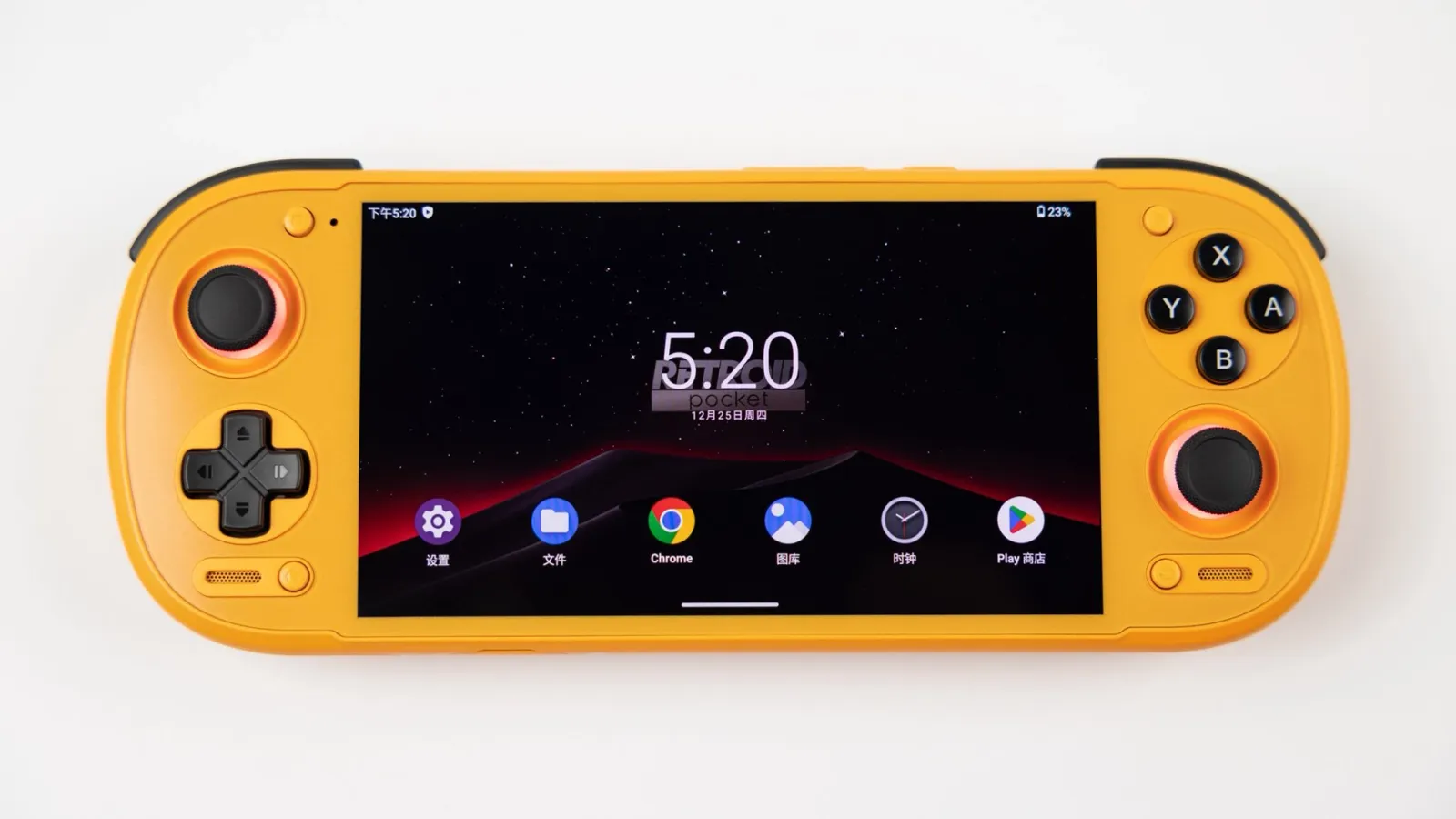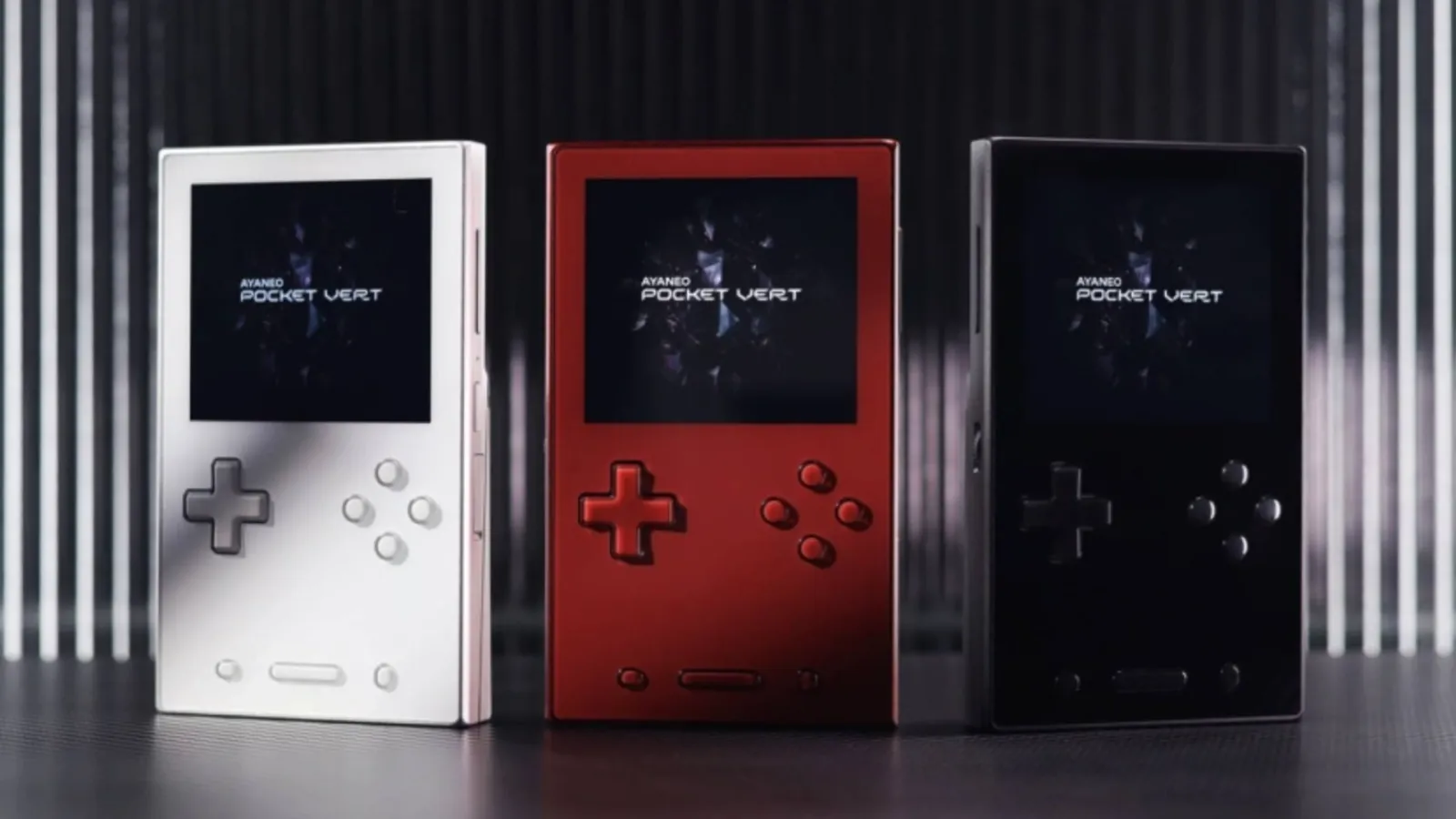Back when everyone was getting excited about Nintendo’s dual-screen portable powerhouse, tech giants Panasonic were hoping to steal a piece of the pie with their ‘smart-device’ handheld, the Panasonic Jungle.
Nintendo has reigned supreme in the world of handheld gaming since the ’90s. While they have been challenged by other games companies and developers over the years, no one has managed to unseat them from their warp-pipe throne. (N.B I’m not sure how that would work without falling inside…).
Featured Image © Panasonic
Sonic’s creators showed off the Best Sega Game Gear Games, Bandai tried to tease us with the Best Wonderswan Games, and the Best PSP Games turned our attention towards Sony’s handheld gaming efforts. Out of all of the competition, Sony came the closest to knocking the Nintendo DS off its perch, though they were still 70million sales short of the mark.
Enter Panasonic, the underdog with a big dream and a passion for change (cue epic music).
Meet The Panasonic Jungle – Game On The Wild Side
The era of the ‘smart device’ was blooming. Not content with making TVs and Hi-Fi sytems, Panasonic wanted to make a gaming device that would not only defeat Mario’s makers, but one that would pioneer internet-based gaming for future generations.
With a cool tag line of ‘Welcome to the Jungle’ borrowed from Guns ‘n’ Roses, Panasonic was hoping to attract gamers new and old to their pioneering new console, perhaps a target market for those who live in the best cabins in the UK and play video games? They set up a new subsidiary company called ‘Panasonic Cloud Entertainment’; priced up two models–WiFi only and a 3G compatible console, and looked ready to step into the big leagues.
But like the Panasonic 3DO, the Jungle wasn’t destined for greatness…or anything for that matter.
What Exactly Is The Panasonic Jungle?
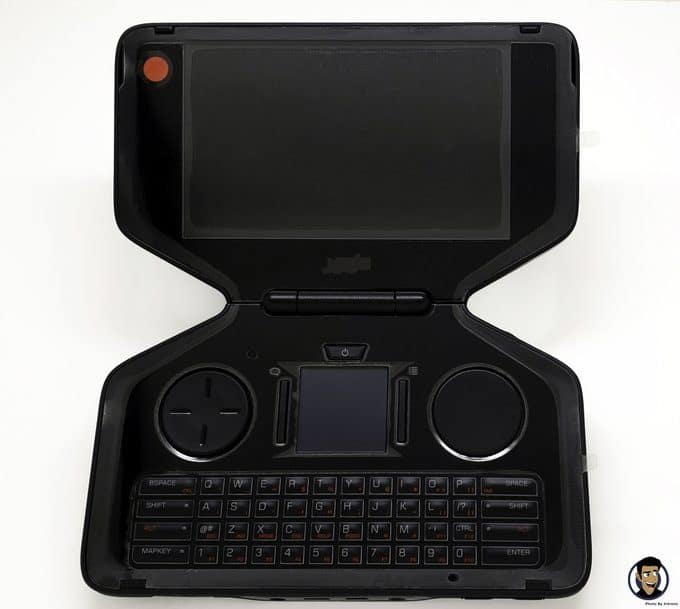
The Panasonic Jungle is a clamshell handheld console that resembled a small gaming laptop. Unlike the Nintendo DS which was created for solo and local multiplayer gaming, the Jungle was created as an MMO console.
For anyone who only has three friends like me, MMO stand for Massively Multiplayer online gaming. It’s not even grammatically correct!
The Panasonic Jungle had three confirmed titles; Battlestar Galactica Online, Stellar Dawn and RuneScape. The company’s dream was to bring massive worlds and epic multiplayer quests to a handheld device. They wanted gamers to be able to chat and play just like they did at home but on the bus or in a park.
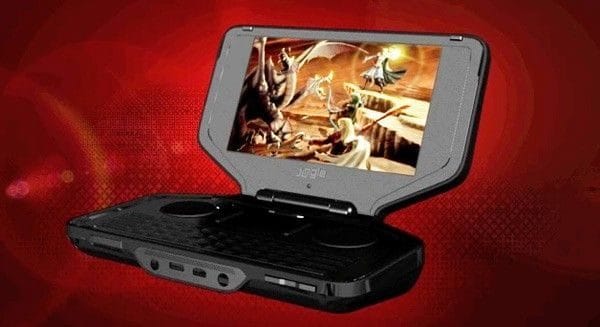
How Did It Work?
The Panasonic Jungle had a Linux operating system. It boasted a 720p HD display and a second display like that of the Dreamcast VMU, a favourite device for developers of Retropie handhelds.
The Jungle had a weird looking D-Pad and a full QWERTY keyboard for chatting in forums. Plans came out in 2010, and the console was set to go head to head with the DS and the PSP.
Barely a year later, the tech giants did a huge backtrack and pulled their console from the race. They stated that they had “decided to suspend further development due to changes in the market and [their] own strategic direction.”
A quick search of Twitter and gaming forums shows threads where developers have posted stories about ‘almost’ developing games for this console. The console’s cancellation may well have saved them a whole lot of tears in the long run.
Final Thoughts…
We’ve already mentioned the doomed 3DO, and it seems entirely plausible that the Panasonic Jungle would have followed in its predecessor’s footsteps. It seems obvious to me that Panasonic chickened out and didn’t want to damage their reputation in the tech world.
As with all cancelled tech and rare prototypes, any existing devices are now worth a small fortune. A quick search on the internet shows that some of these units have been listed to close to $10,000! What is it with Panasonic and creating expensive retro collectables? This is the Panasonic Q Gamecube story all over again!
What do you guys think of the Panasonic Jungle Handheld? Would it have been a success? Was it designed too soon? Should it go back into the chasms from whence it came? (I just wanted to use the word ‘whence in an article).


